I have a circuit in which there is a mcu lpc1768 and a gsm module sim800l.
For power I use DC/DC converter and made a 4.2v using lm2576 for sim800l. Used that voltage, I made a 3.3v using ams1117 and powered mcu.
My problem is,sometimes not always,mcu keeps resetting for seconds. The time is when sim800l wants to find a network or send data.
I tried to capture signal on reset pin and 3.3 using osciloscope when reset happens.
Here is what I could capture

And here is one of the pulses with t/d on 2.5 ms
Here is some information may help
- 3.3 node doesn't have this noise
- 3.3 node is actually 3v becuase of drop out caused by linear ams regulator
- reset circuit has 100nf cap connected to ground and 10k ohm res connected to 3.3 node
- there is a 2200uf cap on 4.2 v beside sim800l
- sim800l doesn't reset and find its network
Does anyone have any idea what may the problem be? Let me know if you need more info about my circuit
More Info
Here is my board power scheme
and here is reset and 3.3 node together !
In fact I was wrong that those pulse are only on reset pin . They are on 3.3 node too. but they drop more on reset pins
More Info After More experiment
The problem is completely related to antenna! when I close it to my micro it starts to reset and when I close it to my battery wires, my protection circuit shut down the power!!it all started when we wanted to place the board into the case!
Do you have any suggestion how I can clean my circuit from this problem?
here is my reset layout as @Sunnyskyguy EE75 told that it may happen because reset loop is too large and itself is antenna
